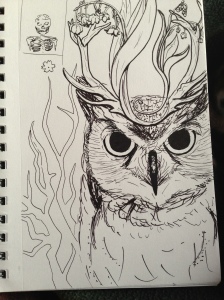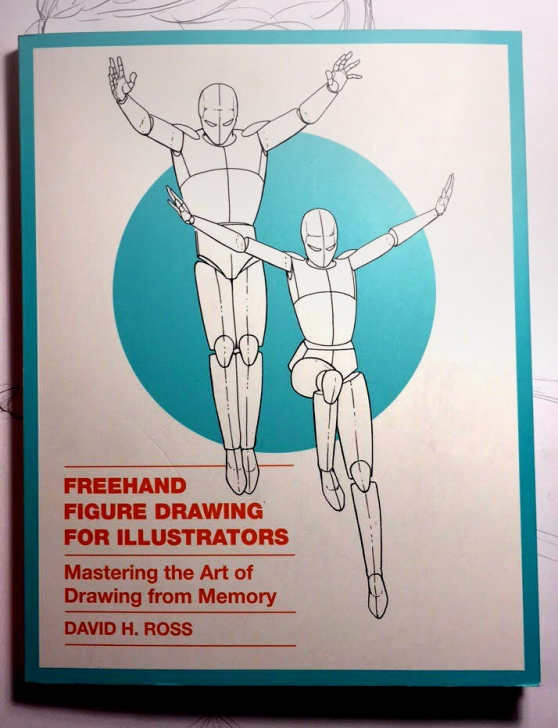This semester I am taking my post-internship course. I was just getting ready to sit down to do my homework when I thought to myself, “Instead of taking traditional notes, why don’t I further my involvement with what I’m reading and make a blog post about it?” Maybe this way I will attract fellow literature fans into my Professional Learning Community.
I find that I don’t learn easily when I have to sit down and just read a book. I can do it, but my knowledge after finishing my reading is only partial. I want to take my learning further in the hopes that I get more out of my courses than in the past.
I’m going to be learning for me, not explicitly for a grade.
The book I am currently reading is titled Critical Literacy and the Aesthetic: Transforming the English Classroom, written by Ray Misson, and Wendy Morgan. So far I am one paragraph into the introduction and I have one burning question:
What on Earth is Post-Structuralism?
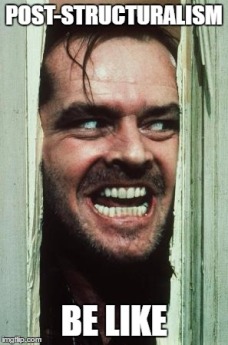 Seriously, what is it? I’ve googled it multiple times. I’ve attempted to define it every time it comes up in one of the articles I’ve read in class, and I still have no idea what it means. The definition always seems so complicated that I just can’t follow along and immediately forget the meaning. Wikipedia provides this “simple” definition:
Seriously, what is it? I’ve googled it multiple times. I’ve attempted to define it every time it comes up in one of the articles I’ve read in class, and I still have no idea what it means. The definition always seems so complicated that I just can’t follow along and immediately forget the meaning. Wikipedia provides this “simple” definition:
Post-structuralism is defined by its relationship to its predecessor, structuralism, an intellectual movement developed in Europe from the early to mid-20th century which argued that human culture may be understood by means of a structure—modeled on language (i.e., structural linguistics)—that differs from concrete reality and from abstract ideas—a “third order” that mediates between the two.[4]
Does this mean post-structuralism is purely concerned with analyzing language to determine if there are any direct links between language and… what? “That differs from concrete reality and from abstract ideas–a ‘third order’ that mediates between the two?” What does it mean by a structure that is modeled on language? What do they mean by modeled? I’m so confused. My search to define post-structuralism continues.
I googled it, and found these spectacular links:
Post -Structuralism Explained with Hipster Beards and there’s a Part Two!
I think I’m starting to get it. Its an analysis of the relationships between symbols and meaning that are entirely deferred, which in turn “says something” about our culture and society. In this slideshow, it lists the radical ideas that post-structuralism requires one to understand:
- Knowledge is the result of culture and language
- There is no true worldview, there is no such thing as truth
- Truth is produced by power
- Reality all depends on our individual interpretation
- Notions regarded as universal are mere social constructs
- Language is performative and constitutive of the real.
- Post-structuralism attempts to interrogate the structures of meaning and regulatory regimes (or institutions) that govern our self-perception, worldview and our capacity to communicate with others.
I’ll keep reading.
THE SENTENCES IN THIS BOOK ARE TOO DARN LONG!
My God. I am on page x and I have to stop again. Misson and Morgan, in the introduction to their book, have listed two reasons for this book’s creation. The first is to figure out what is current in critical literacy that is compatible with the post-structuralist framework, and to argue that it is far too important to be neglected and that it can be reconciled with the critical literacy agenda (Misson & Morgan x). The second purpose is to try to figure out how a post-structuralist understanding can be implemented into a classroom setting. Good question.
In the introduction the authors specify their definition of literacy. They wrote, “When we use the term we intend it to cover movies, TV shows, comics, and all those other kinds of leisure texts,” (xiii). This means that the definition of reading implies any kind of decoding and responding, while writing implies the production of all such texts (xiii).
“Any Reading is the result of complex negotiations between a reader and the text” (xv).
Chapter One deals with the history behind critical literacy in secondary schools and noted that “Literature was a creation of history, not of absolute standards of taste, and the aesthetic was a product of the ideology of a hegemonic group” (7). They also discuss Eagleton’s perception that books crafted in a certain culture will glue those beliefs to those who read it. That is, books mold its readers into enjoying certain aesthetic pleasures that assist in creating culturally-relevant morals and desires. In other words, literature is an exclusive, politically motivated category (8).
All readers and texts are shaped by their culture’s ideological assumptions and agendas (9).
Chapter two dissects the aesthetic and discusses the usual interpretation of what is considered an aesthetic. Typically it is when a work brings in two oppositional forces and melds them together in some sort of sublime way. Some examples: Inspiration and control; a melding of letting oneself get swept away by their emotions and desires but adding a certain amount of control to the process. This in turn creates two necessary elements in creating aesthetic; form and content. There must be some sort of composition taking place in which both the artist and the audience is taken into consideration.
Well, that was an adventure. I spent two hours watching videos and PowerPoints on post-structuralism. I think I’ll go to bed now.




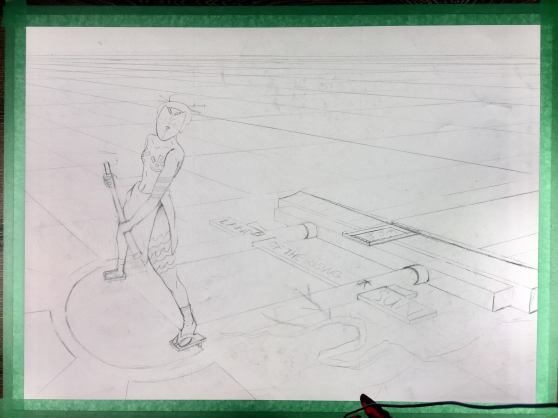

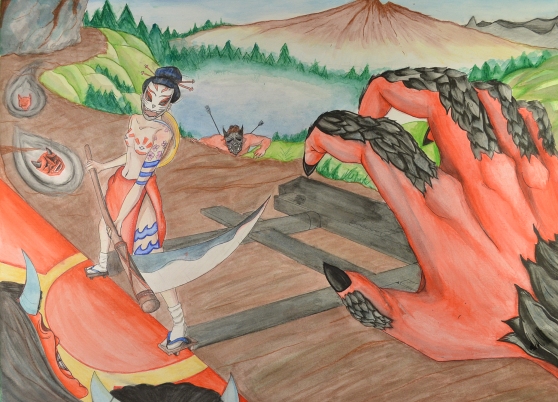
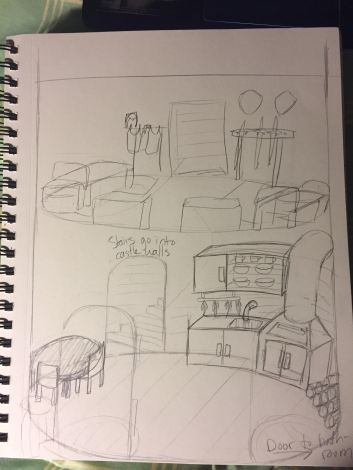 It is totally out of proportion, and the perspective is all wrong. So, with that in mind I can see that going back and working on the basics has affected my work at least a little bit, which pleases me! However, it was really hard, and it took me multiple tries to get the perspective right on my geisha, so I think what I am going to do moving forward is work on just practicing basic perspective drawings of simple objects (boxes and buildings) until horizon lines, vanishing points, and rulers aren’t so intimidating anymore. That’s all for now! I’ll be checking in soon with more art next week!
It is totally out of proportion, and the perspective is all wrong. So, with that in mind I can see that going back and working on the basics has affected my work at least a little bit, which pleases me! However, it was really hard, and it took me multiple tries to get the perspective right on my geisha, so I think what I am going to do moving forward is work on just practicing basic perspective drawings of simple objects (boxes and buildings) until horizon lines, vanishing points, and rulers aren’t so intimidating anymore. That’s all for now! I’ll be checking in soon with more art next week!


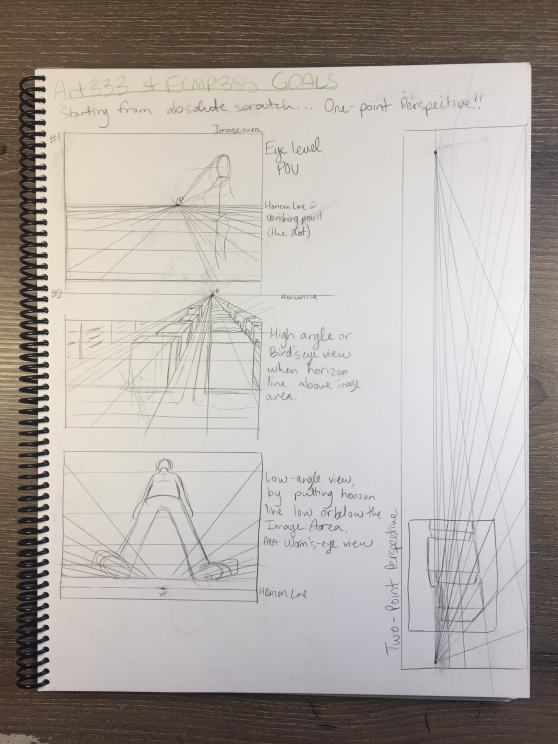
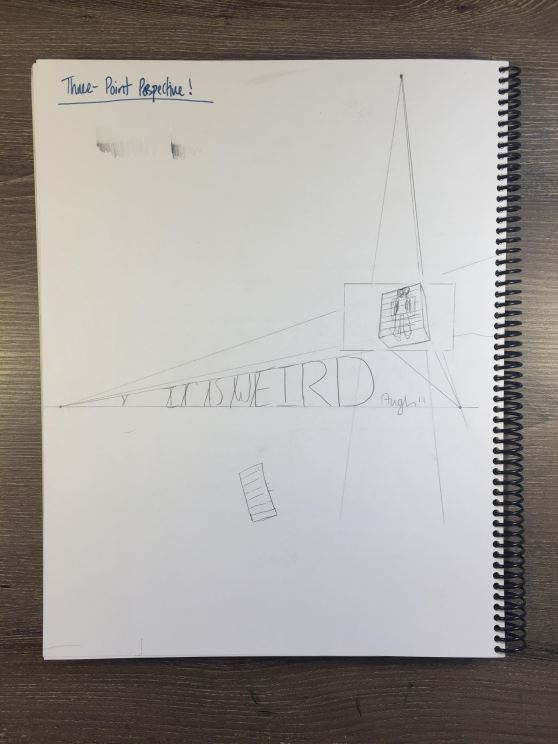
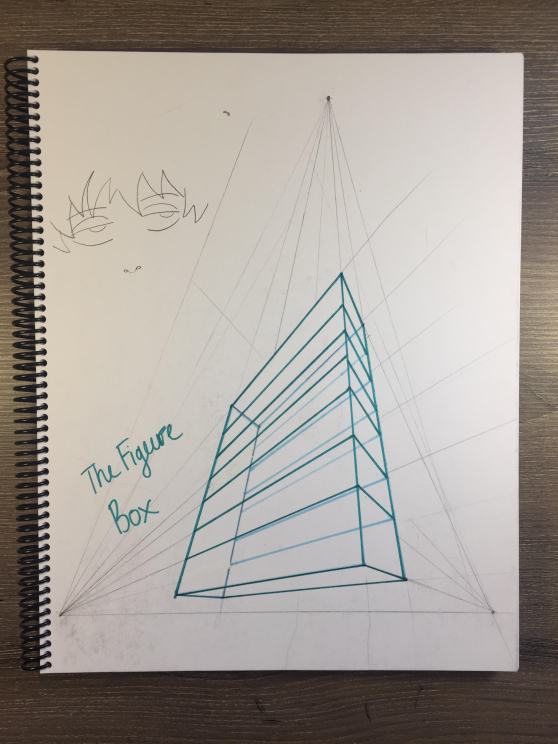
 Seriously, what is it? I’ve googled it multiple times. I’ve attempted to define it every time it comes up in one of the articles I’ve read in class, and I still have no idea what it means. The definition always seems so complicated that I just can’t follow along and immediately forget the meaning.
Seriously, what is it? I’ve googled it multiple times. I’ve attempted to define it every time it comes up in one of the articles I’ve read in class, and I still have no idea what it means. The definition always seems so complicated that I just can’t follow along and immediately forget the meaning. 
